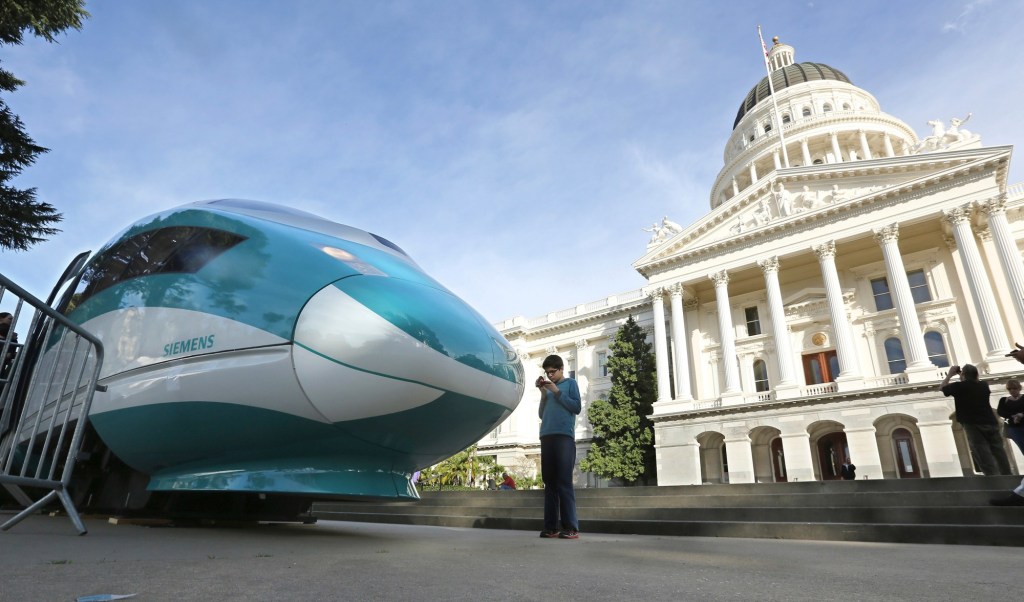
In perhaps the least surprising news of this month, the California High-Speed Rail Inspector General concluded that the project was unlikely to commence service between Merced and Bakersfield in 2030, as it previously projected.
Further, the IG is skeptical about whether the California High Speed Rail Authority (Authority) can even meet the worst case 2033 service inception date it has quoted. Between the IG report and President Trump’s announcement of a federal investigation into the high-speed rail project, the bullet train is now facing its worst existential crisis in years.
In its response to the IG report, the Authority did not contest that there has been a one-year delay. Further, it offered this jarring assessment:
“[D]elays impacting the construction packages have been driven generally by third-party requirements, design iterations, and other conflicts for those systems impacted by our construction work. In this area the Authority only has the ability to coordinate the necessary work, and lacks sufficient control to advance the work expeditiously as needed to stay on schedule…”
In other words, the Authority lacks the authority to keep its contractors on schedule, leading to the expectation that the construction timeline will continue expanding. In its defense, the Authority did say that it will seek legislation that enhances its control, but we do not know what specific reforms it is requesting and whether they will be enacted.
President Trump’s statement essentially confirms speculation in my November SCNG column: it is now virtually certain that there will be no new federal funding for the bullet train during the second Trump administration. Representative Kevin Kiley, R-Auburn, is trying to cement this outcome with his proposed HR 213 that would explicitly prohibit federal funding for the California project.
Project advocates now must hope for both a change in party control in 2029 and a new infrastructure bill to unlock more federal funds for high-speed rail. Appropriations under the bipartisan Infrastructure Investment and Jobs Act run only through 2026, well before a more sympathetic Administration could take office and authorize new high-speed rail funding.
Unless the suspension of federal funding is offset by another revenue stream, the project will face even further schedule deterioration as the Authority runs out of funds to pay contractors. One idea that has received recent attention—private funding—seems implausible. Given the project’s track record of delays and the likelihood that high-speed rail will lose money from operations in the Central Valley, why would any private investor step up?
If the state legislature wants to keep bullet train construction going, it will have to continue allocating 25 percent of state cap-and-trade revenue to the project beyond the current 2030 sunset date and find additional revenue sources. The Inspector General previously estimated that the Authority needs another $6.5 billion in funding to complete the Bakersfield-Merced segment. This gap is likely to increase as the schedule slips.
While it is tempting to use the failures of high-speed rail as a cudgel to beat up on California state government, those of us who oppose the bullet train and care about the state’s long-term fiscal well-being should take every opportunity to work with project proponents to gather the facts and advance proposals to wind down the project in an orderly manner. Even if proponents ignore us for the time being, they may be compelled to listen at some point as the situation deteriorates.
The next opportunity to engage will likely come this spring when the Senate and Assembly Transportation Committees hold a joint oversight meeting, as they have in recent years. Undoubtedly, the Authority will present an update that paints the rosiest possible picture. Project skeptics should offer a fact-based alternative analysis and spell out well thought-out alternatives to the Authority’s current business plan.
Marc Joffe is a Fellow at California Policy Center



